Nature never ceases to amaze with its variety of creatures. Some animals possess truly unbelievable survival adaptations. These unique traits help them thrive in the most extreme environments. Let’s explore these incredible beings and their astonishing abilities.
Tardigrades (Water Bears)
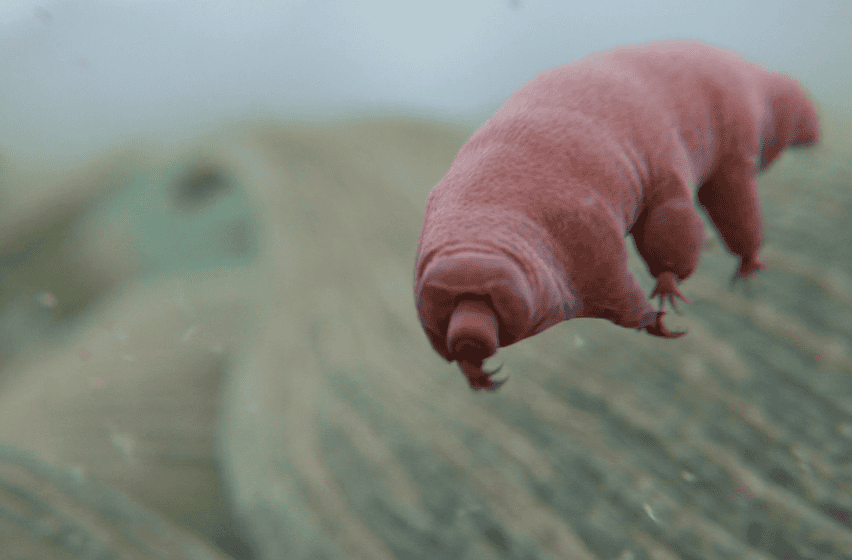
Tardigrades are tiny, water-dwelling creatures that measure less than a millimeter in length. Despite their small size, they have incredible resilience. They can survive extreme temperatures, high levels of radiation, and even the vacuum of space. These microscopic marvels have been found in some of the most inhospitable places on Earth, from the deep sea to the icy peaks of the Himalayas. One of their most fascinating survival tricks is cryptobiosis. During this state, they lose almost all their water content and curl into a ball called a tun. In this form, they can endure harsh conditions for years until rehydration revives them.
Arctic Fox
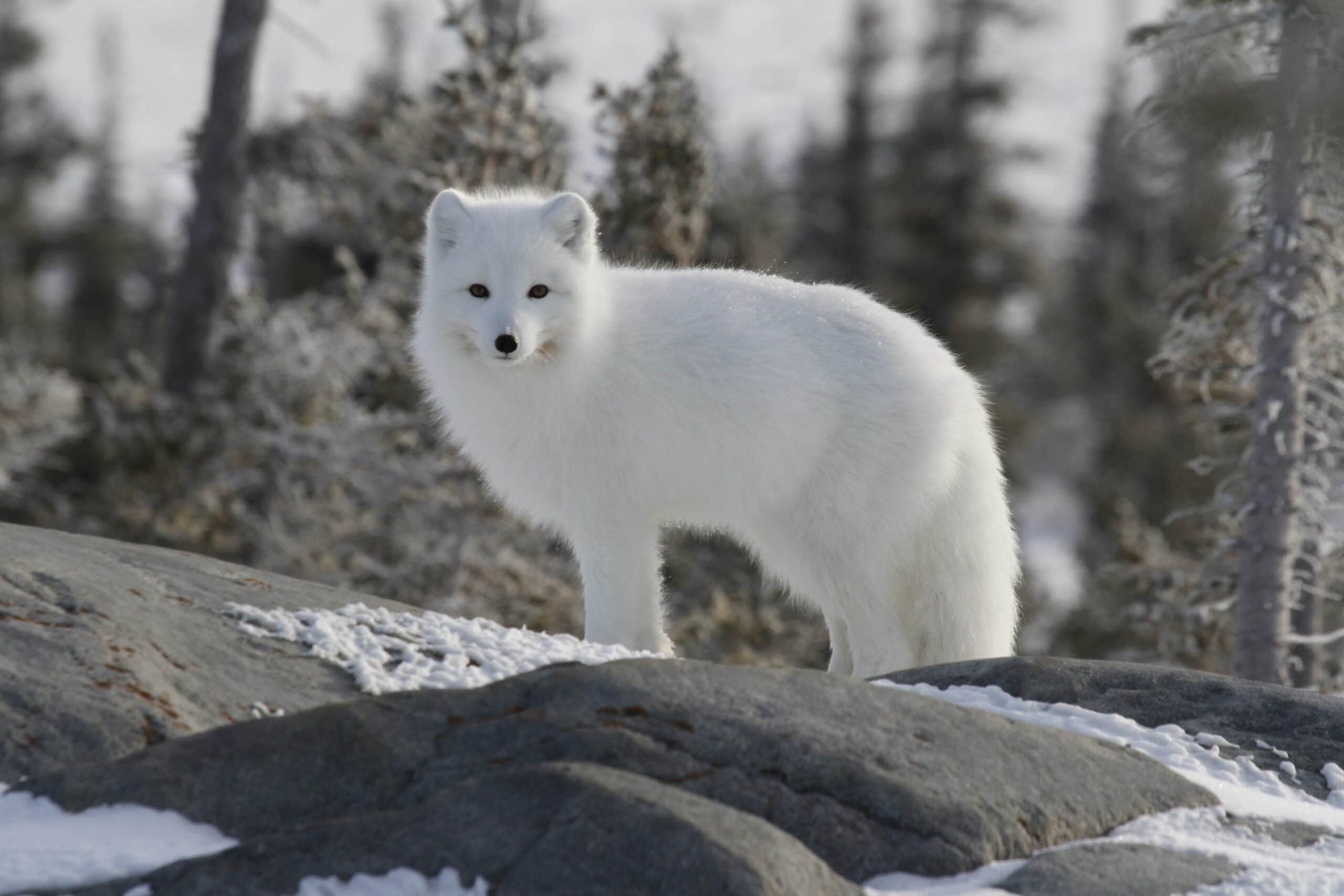
The Arctic fox is a small mammal perfectly adapted to life in the frigid Arctic. With its thick fur that changes color with the seasons, it stays warm and camouflaged year-round. Their compact bodies minimize heat loss, while their furry feet act like snowshoes, providing excellent traction on ice and snow. This fox can also store body fat to provide energy during the harsh winter months when food is scarce. They have a keen sense of hearing that allows them to locate and hunt prey beneath the snow.
Axolotl
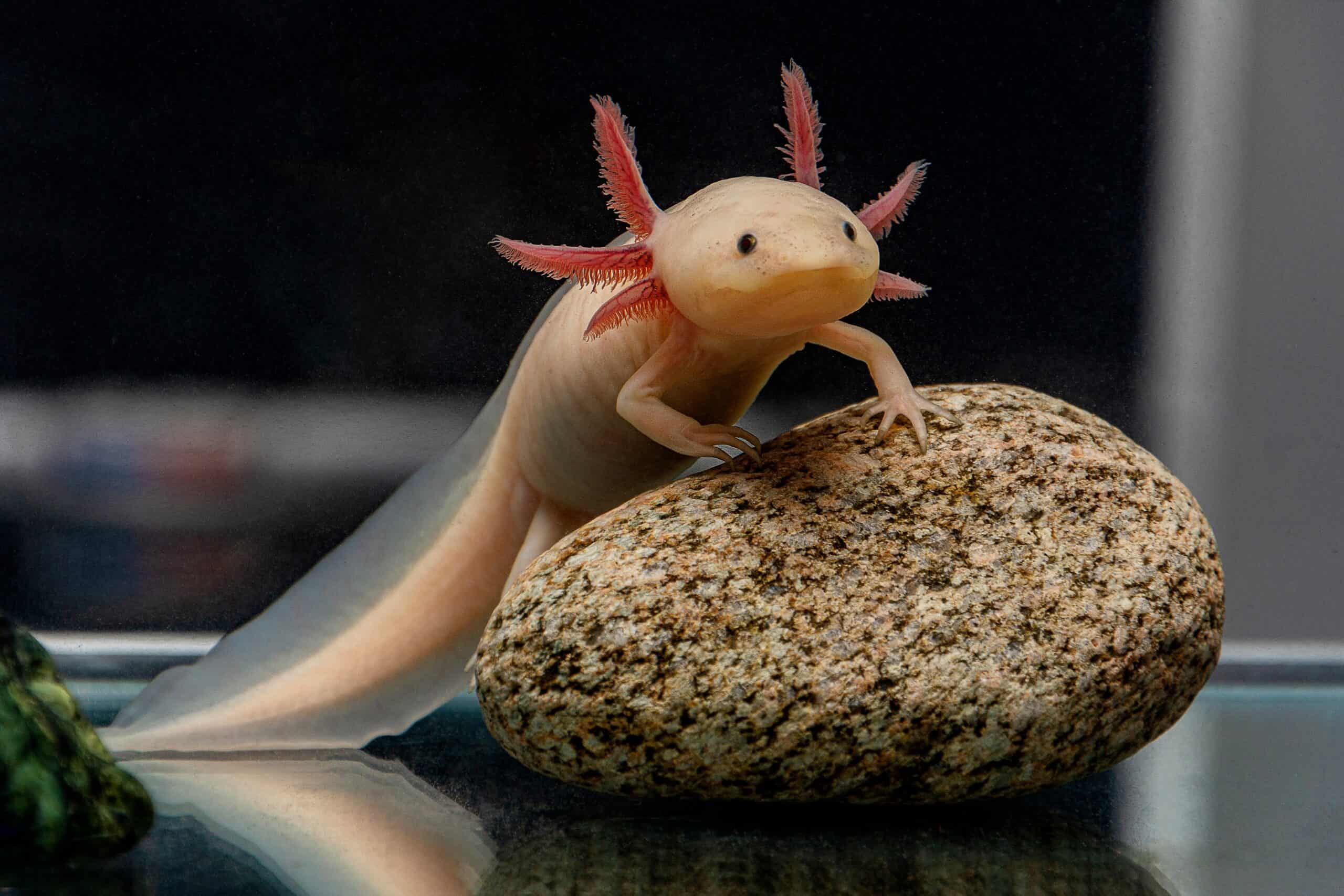
Axolotls are amphibians known for their remarkable regenerative abilities. They can regrow lost limbs, spinal cord, heart, and even parts of their brain. This ability is not only fascinating but also crucial for their survival in the wild, as it allows them to recover from injuries that would be fatal to other animals. Found in the lakes of Mexico, axolotls remain in their larval stage throughout their lives, a phenomenon known as neoteny. This unique adaptation allows them to reproduce without undergoing metamorphosis, ensuring their survival in their aquatic habitat.
Bombardier Beetle
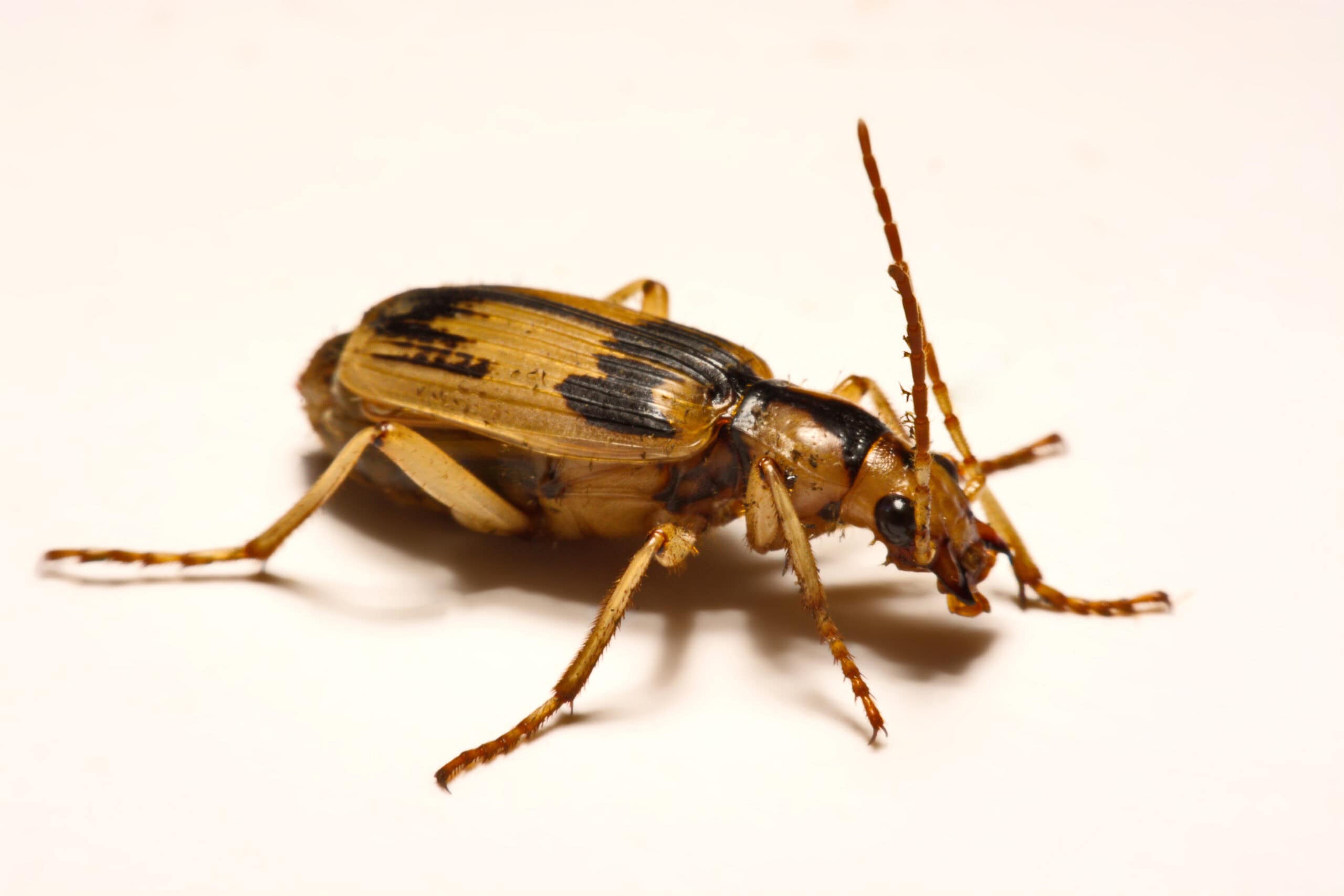
The bombardier beetle is famous for its explosive defense mechanism. It ejects a hot, noxious chemical spray from its abdomen to deter predators. The beetle’s specialized glands produce this spray through a rapid chemical reaction that reaches nearly boiling temperatures, creating a loud popping sound. Originating from various regions, including Africa and Asia, these beetles are a prime example of nature’s ingenuity. Their ability to produce such a powerful deterrent is a key survival strategy in the wild. The chemical spray not only repels predators but can also cause significant harm, providing the beetle with a formidable means of defense.
Cuttlefish
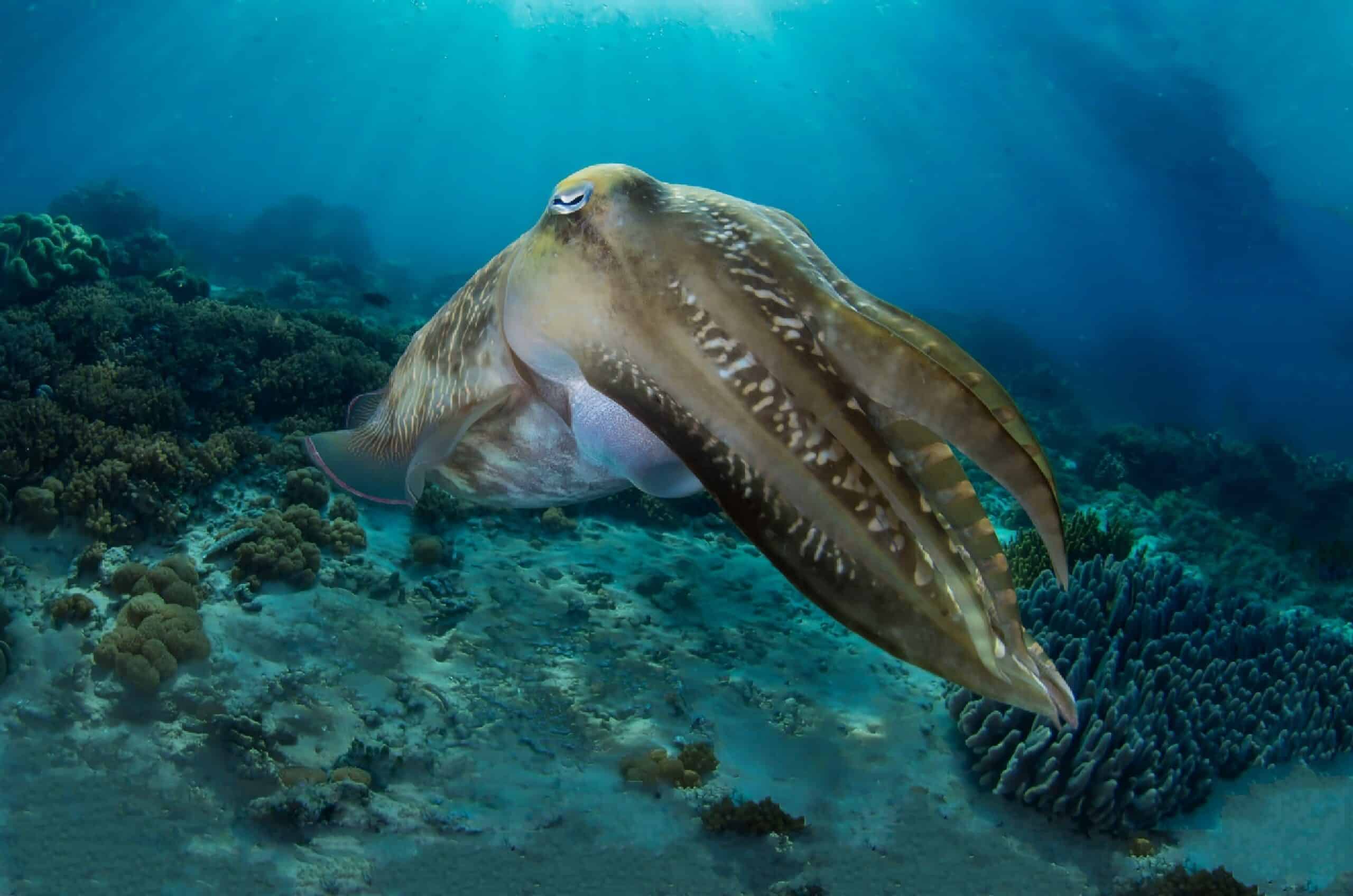
Cuttlefish are masters of camouflage. They can change their skin color and texture in an instant to blend into their surroundings. This ability helps them avoid predators and ambush prey with ease. Their skin contains specialized cells called chromatophores, which expand and contract to produce a wide range of colors and patterns. These cephalopods also possess advanced cognitive abilities, allowing them to solve complex problems and navigate their environment effectively. Found in oceans worldwide, cuttlefish are true survivors with their exceptional adaptability and intelligence.
Dromedary Camel
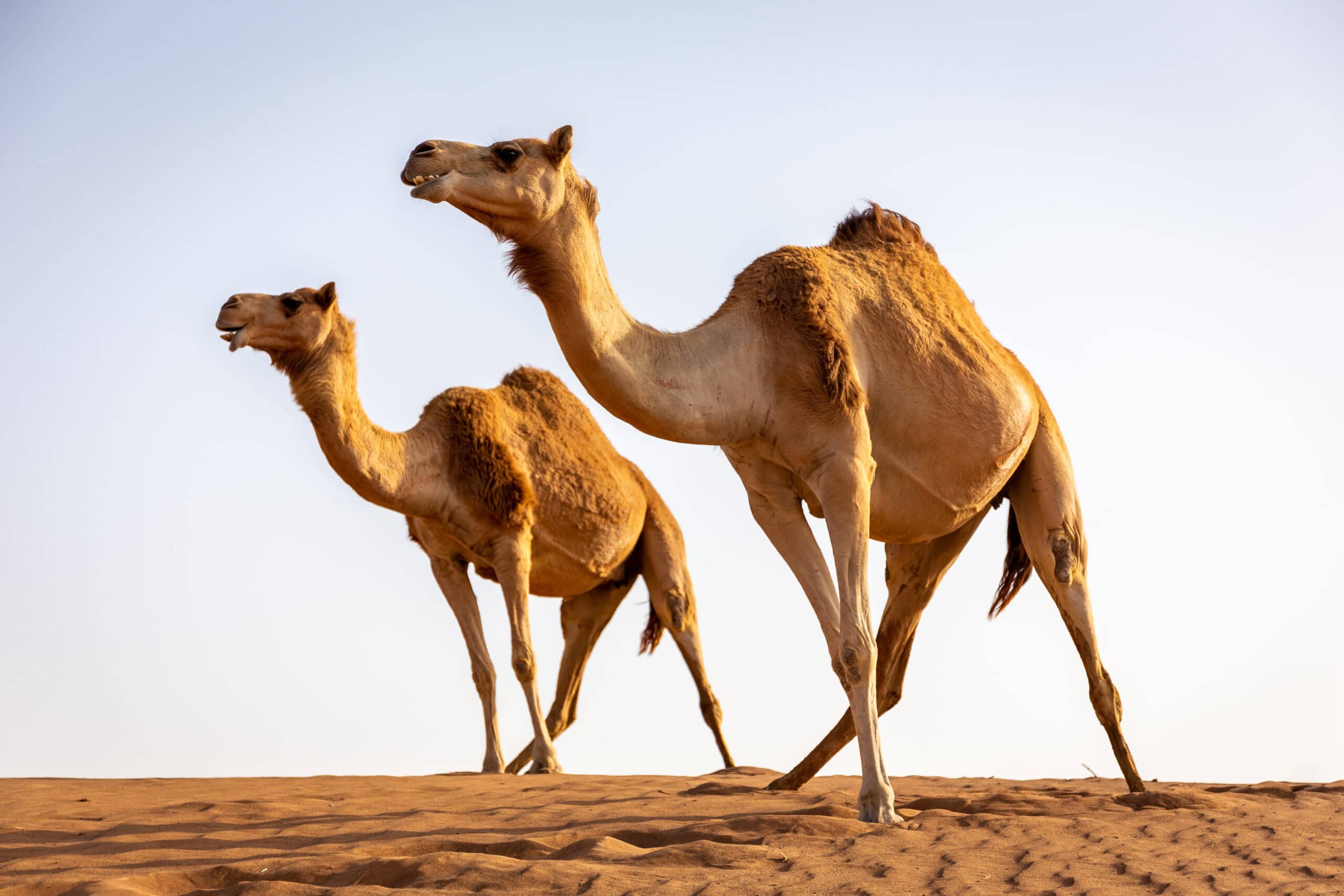
The dromedary camel is built for desert survival. With a single hump storing fat, it can go for weeks without water. Its thick fur insulates against both extreme heat and cold, while its nostrils can close to keep out sand during desert storms. This camel’s origins trace back to the Arabian Peninsula, where it thrives in harsh desert conditions. Adaptations like its ability to endure extreme dehydration make the dromedary camel a true survivor of the desert.
Immortal Jellyfish (Turritopsis dohrnii)
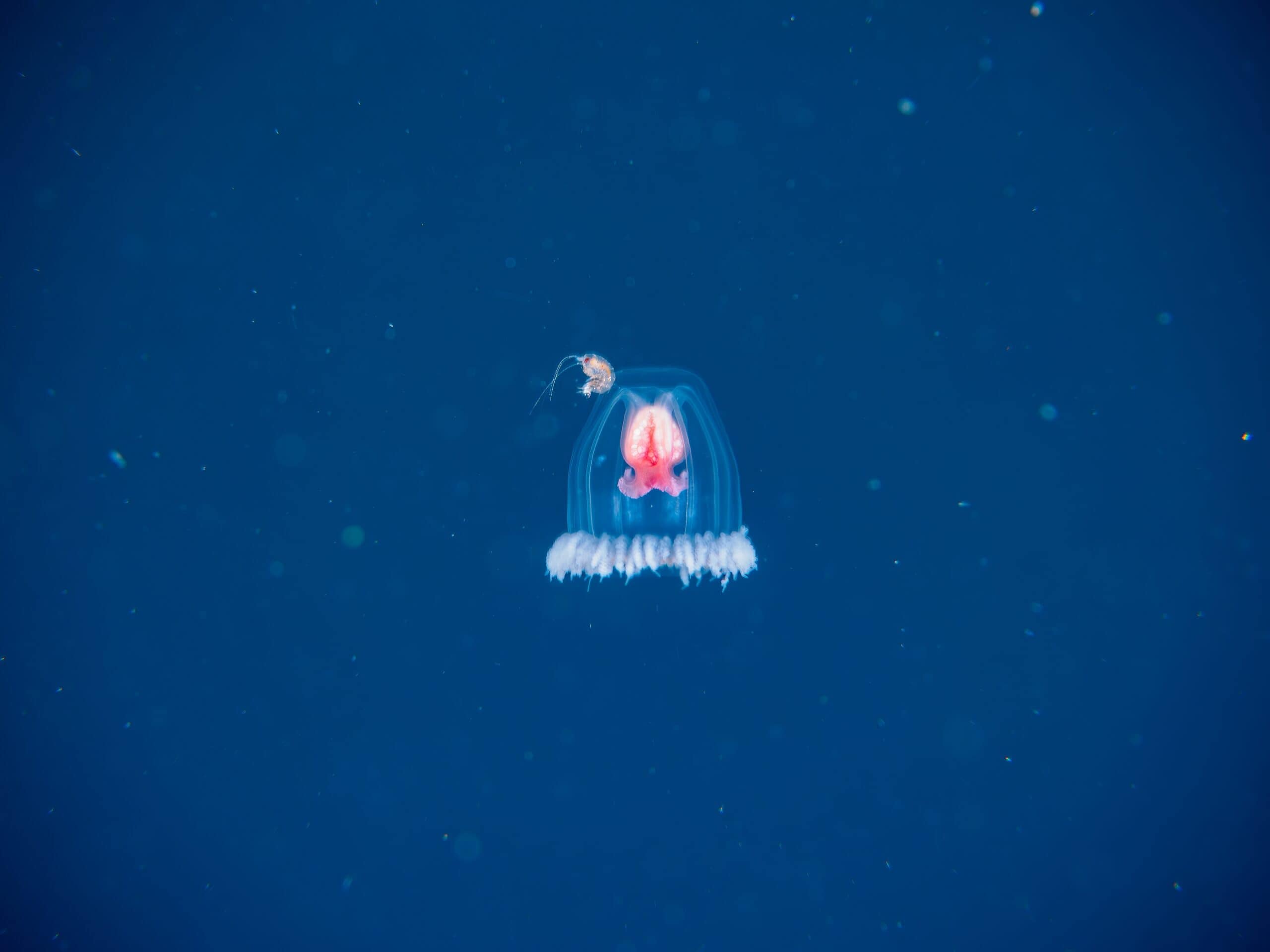
The immortal jellyfish can potentially live forever. When threatened or injured, it reverts to its juvenile form, restarting its life cycle. This process, known as transdifferentiation, allows it to bypass death by transforming its cells back to an earlier state. Found in the Mediterranean Sea and around Japan, this jellyfish showcases nature’s incredible adaptation strategies. Its ability to essentially reset its life makes it one of the most unique creatures on Earth.
Kangaroo Rat
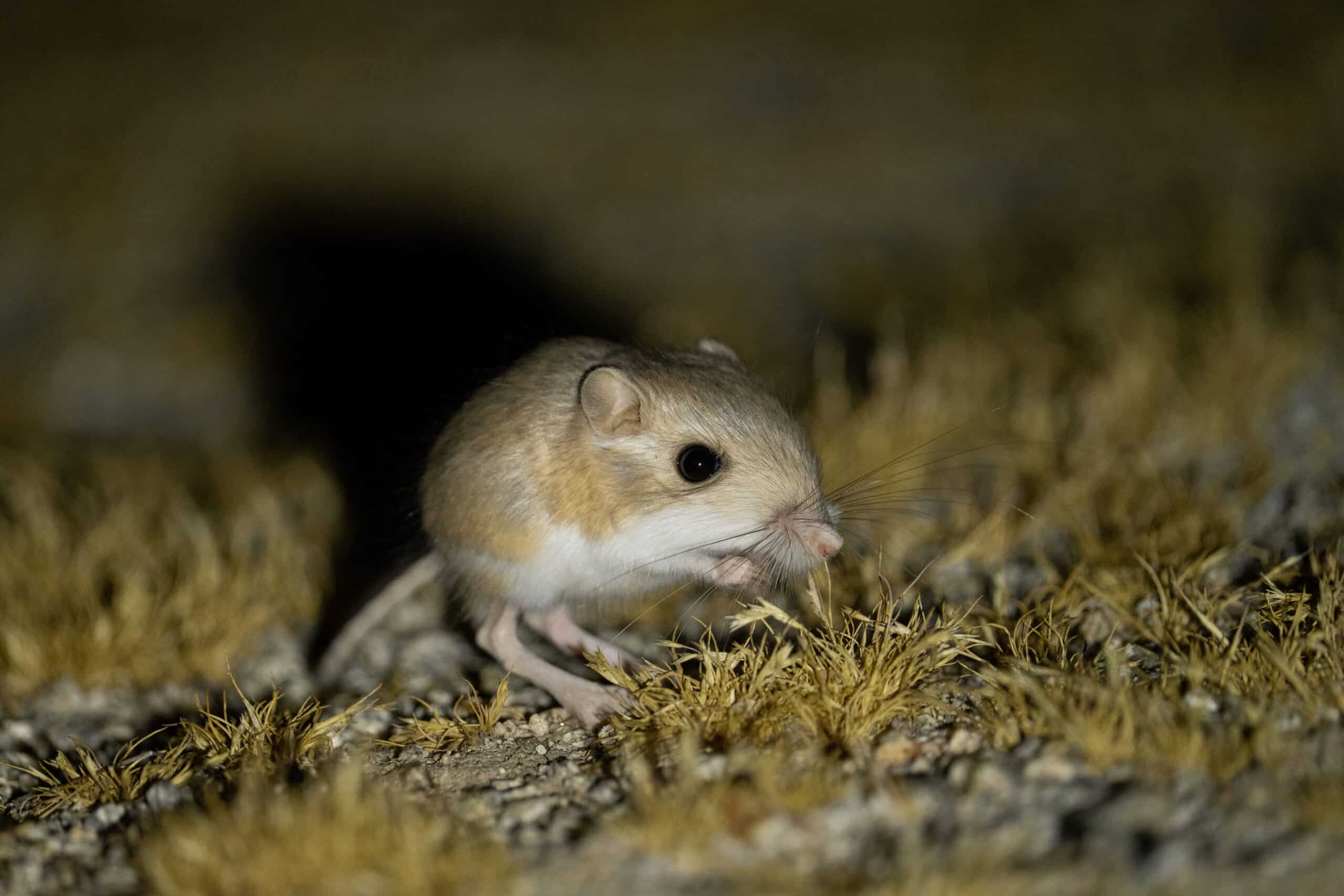
The kangaroo rat, native to North American deserts, boasts exceptional survival traits. This small rodent can survive without drinking water, obtaining moisture solely from the seeds it consumes. Its highly efficient kidneys conserve water, producing minimal waste. In addition, kangaroo rats have powerful hind legs, enabling them to leap great distances to escape predators. They live in burrows to avoid the daytime heat, coming out at night when temperatures are cooler.
Leaf-Tailed Gecko
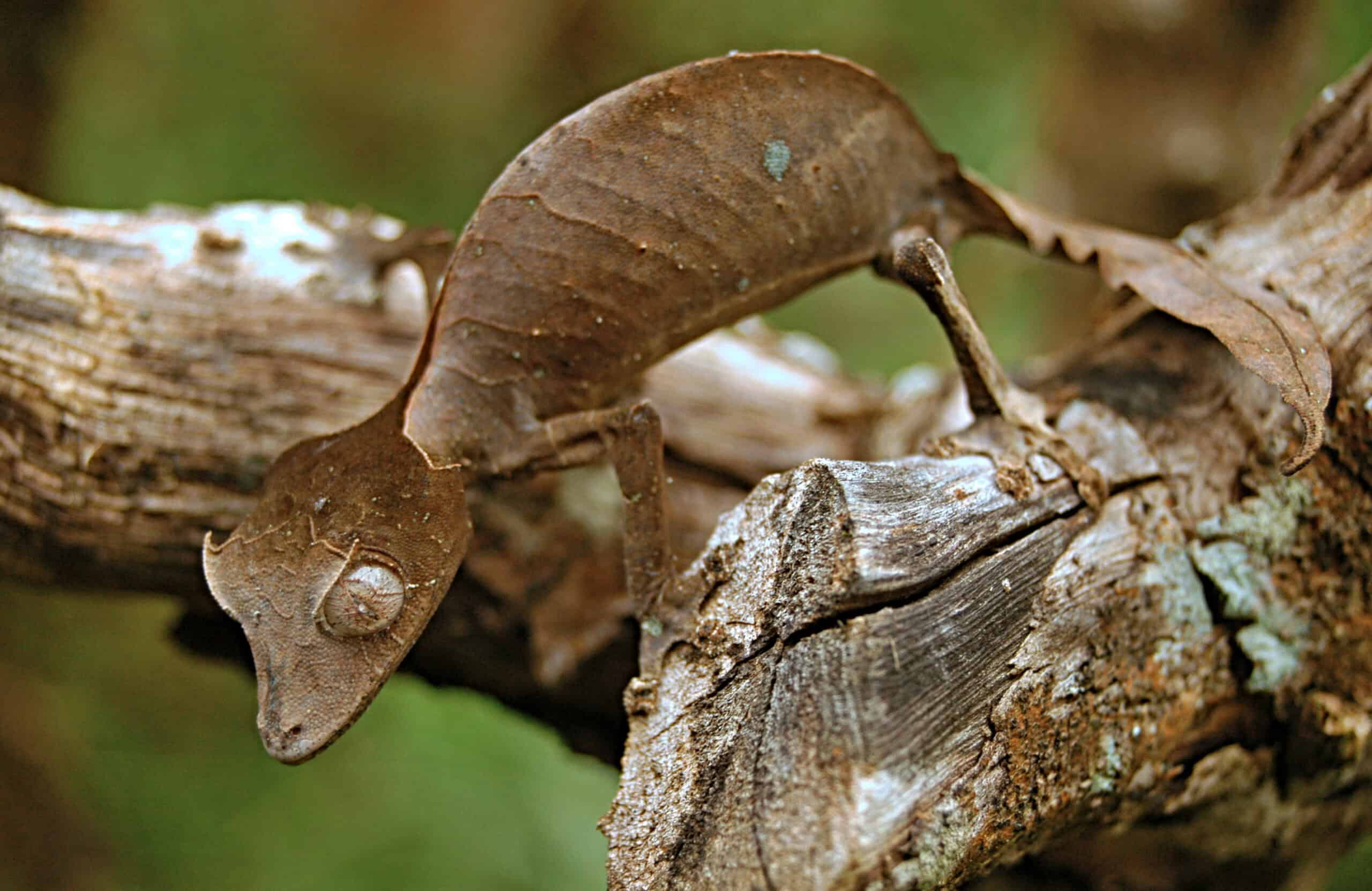
Leaf-tailed geckos are masters of disguise found in Madagascar’s forests. Their appearance mimics leaves, bark, or moss, providing excellent camouflage against predators. This ability helps them blend seamlessly into their surroundings. These geckos have a flattened body and skin flaps that break up their outline, making them nearly invisible. They are nocturnal hunters, using their excellent night vision to catch insects.
Naked Mole Rat
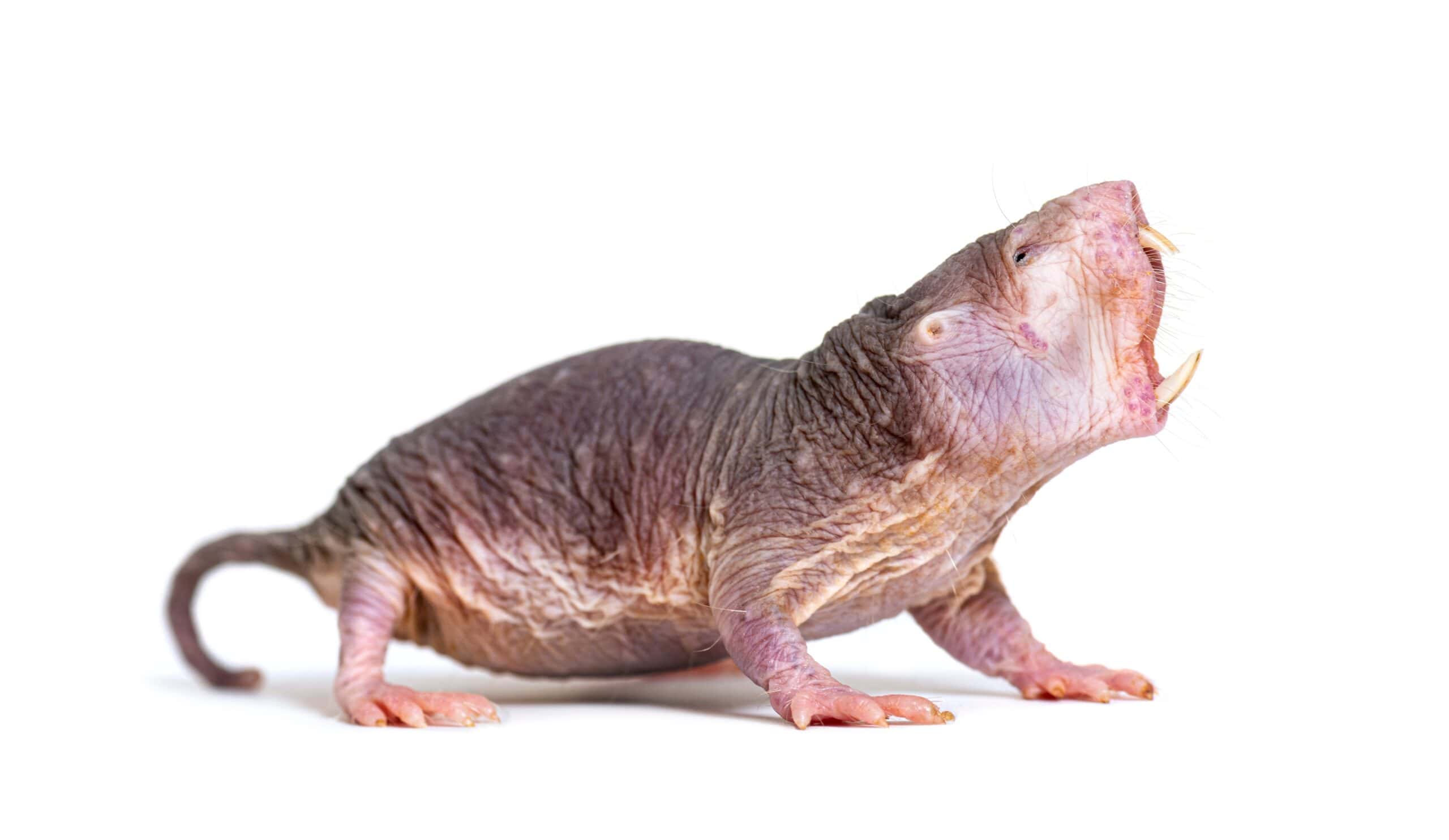
Naked mole rats, native to East Africa, thrive in underground colonies. These rodents have a unique resistance to pain and can survive in low-oxygen environments. Their social structure resembles that of bees, with a single breeding queen. Remarkably, naked mole rats can live up to 30 years, a long lifespan for rodents. They possess a high tolerance for carbon dioxide, making them well-suited for subterranean life.
Pistol Shrimp
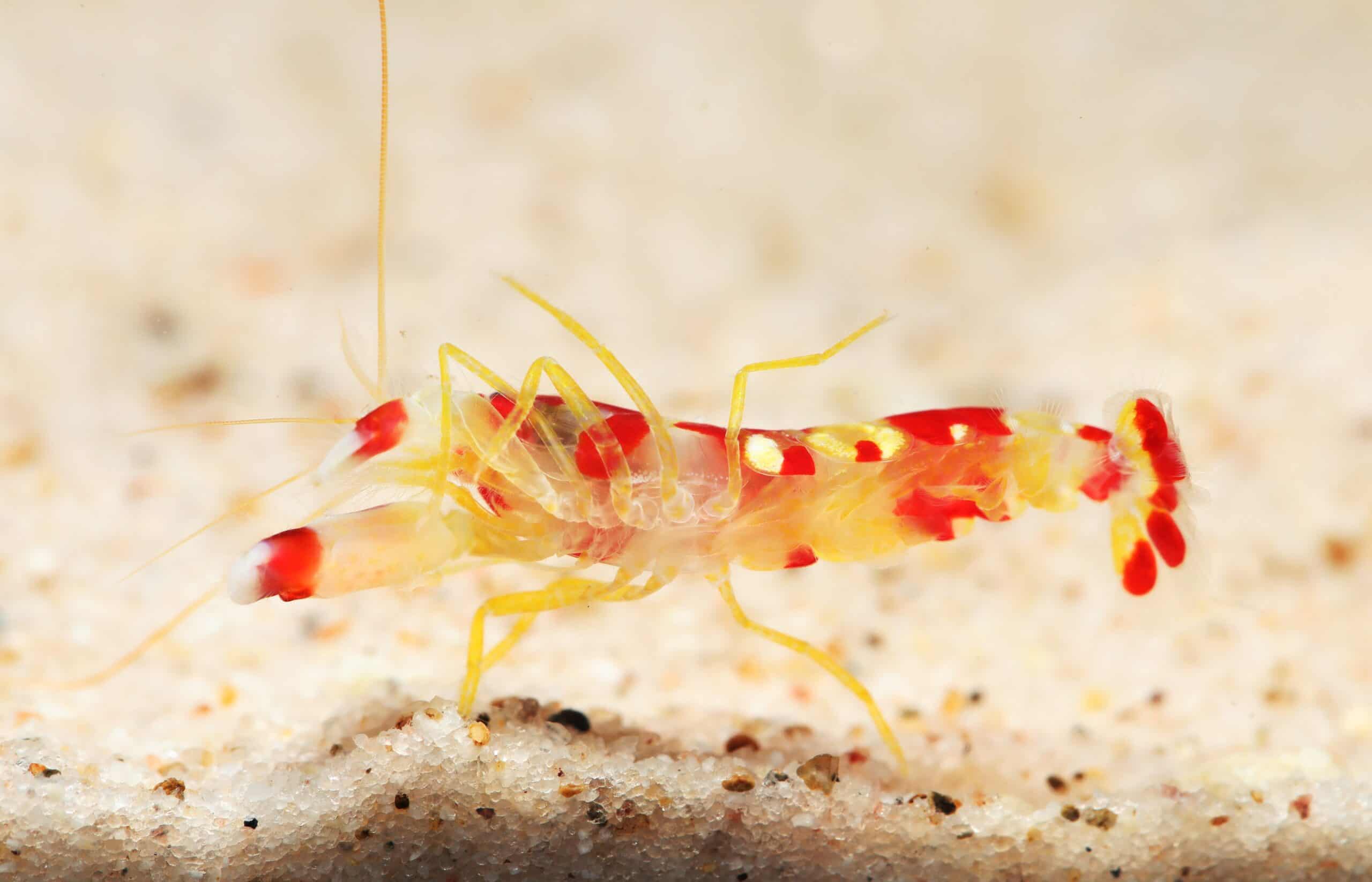
The pistol shrimp, found in warm coastal waters, has a unique hunting technique. It snaps its specialized claw shut rapidly, creating a cavitation bubble. This bubble produces a shockwave that stuns or kills prey. These shrimp also use their powerful claw for communication and defense. The snap can reach 218 decibels, one of the loudest sounds in the ocean.
Platypus
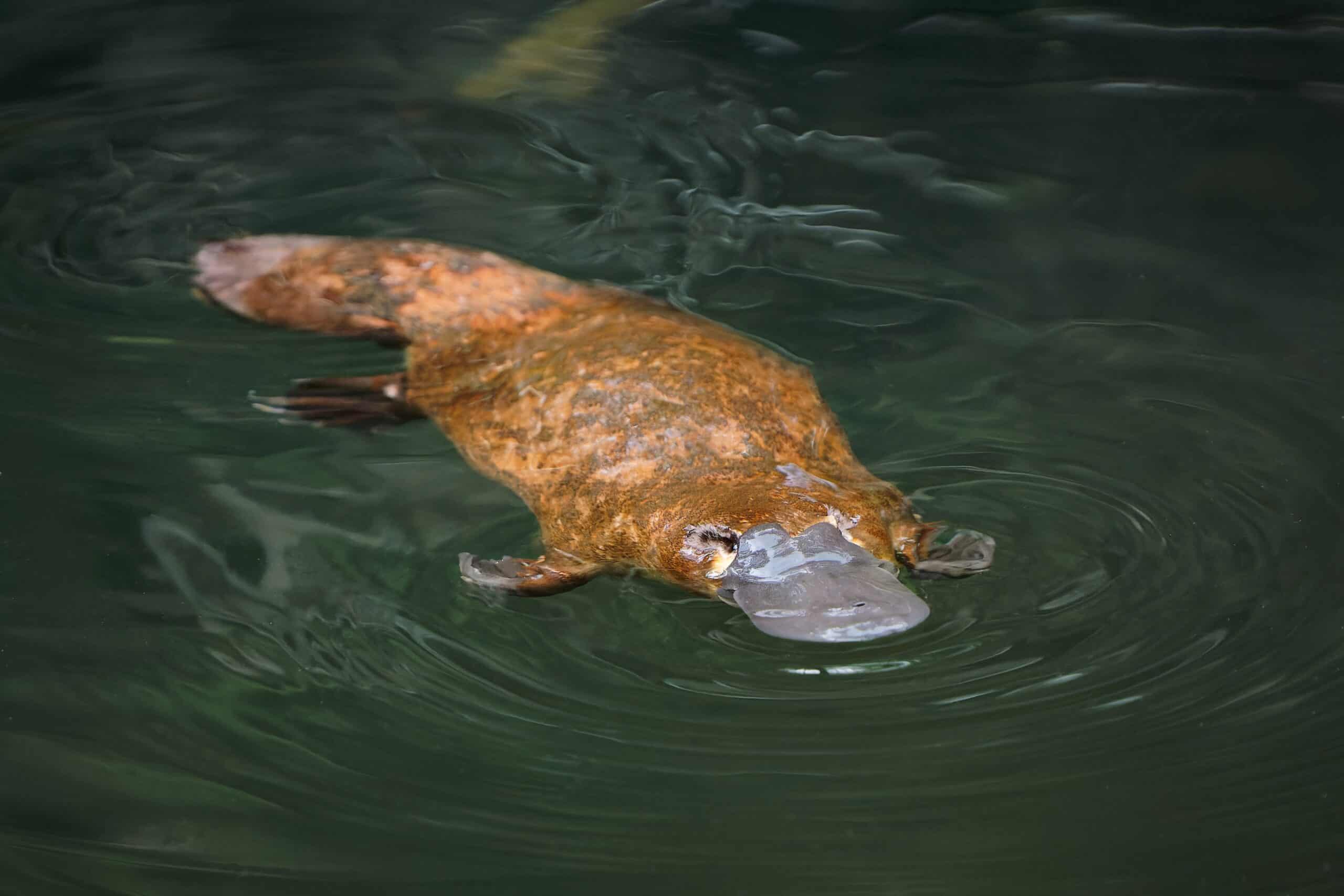
The platypus, native to eastern Australia, combines features of birds, reptiles, and mammals. It has a duck-bill, webbed feet, and lays eggs. This unique mammal uses electroreception to locate prey underwater. Male platypuses have venomous spurs on their hind legs, providing a defense mechanism. Their bill is highly sensitive, allowing them to detect electrical signals from prey.
Pompeii Worm
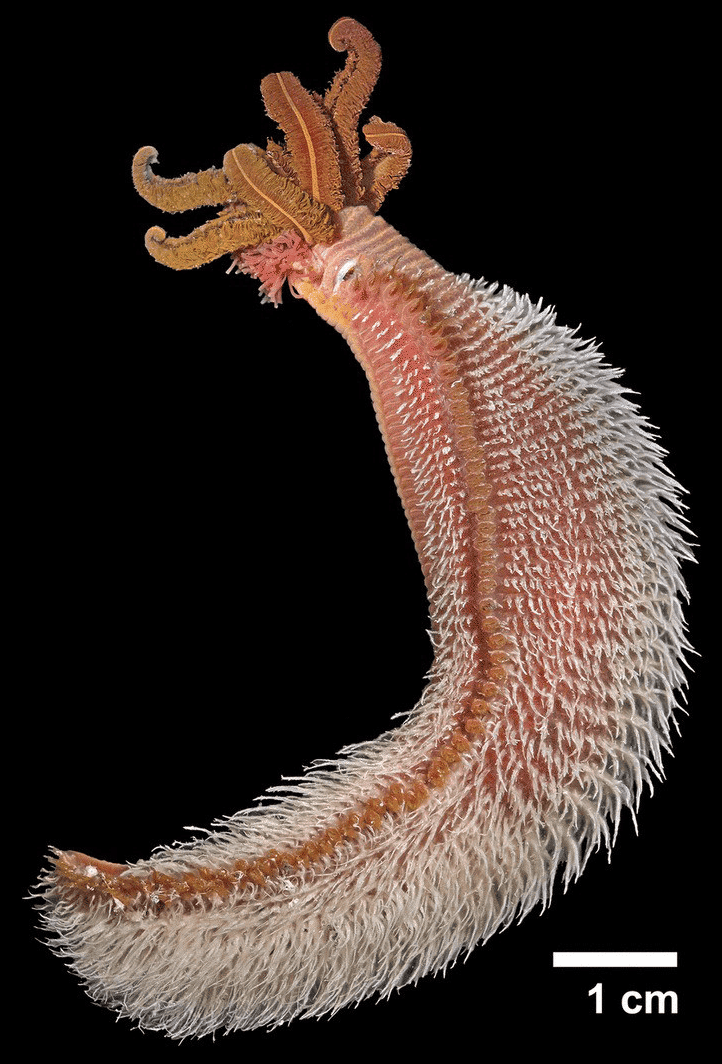
Pompeii worms, living in hydrothermal vents in the Pacific Ocean, withstand extreme temperatures. These worms can survive heat up to 176°F (80°C). They secrete a mucus that supports bacteria, providing insulation from the heat. These bacteria help the worms tolerate the harsh conditions of their deep-sea environment. Pompeii worms feed on small organisms, thriving in an environment where few can survive.
Sea Cucumbers
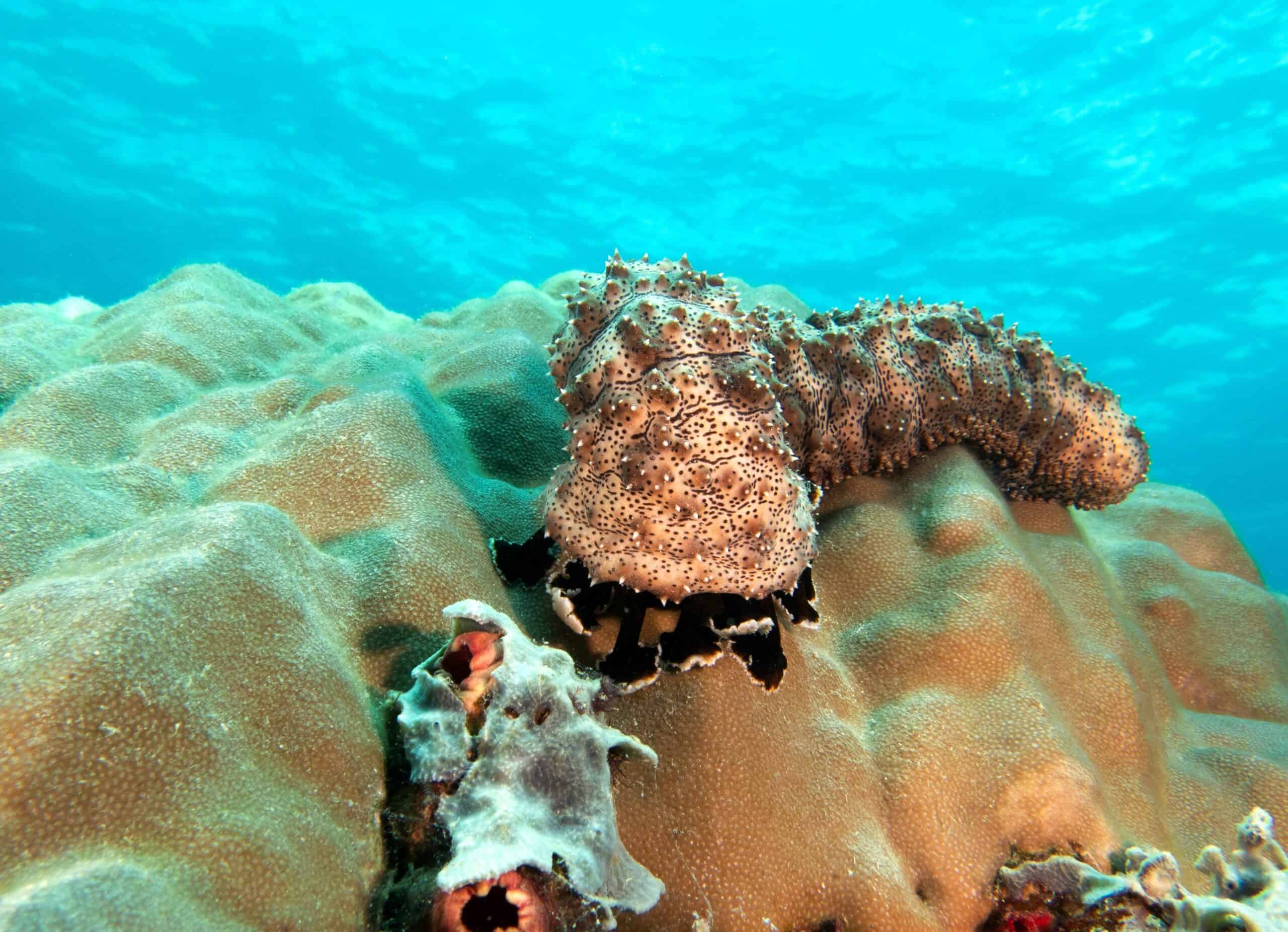
Sea cucumbers, found in oceans worldwide, have remarkable defense mechanisms. When threatened, they can expel their internal organs, which later regenerate. This ability deters predators and ensures survival. These creatures play a vital role in marine ecosystems, recycling nutrients and maintaining ocean health. Their soft, elongated bodies can change shape to navigate through tight spaces.
Wood Frog
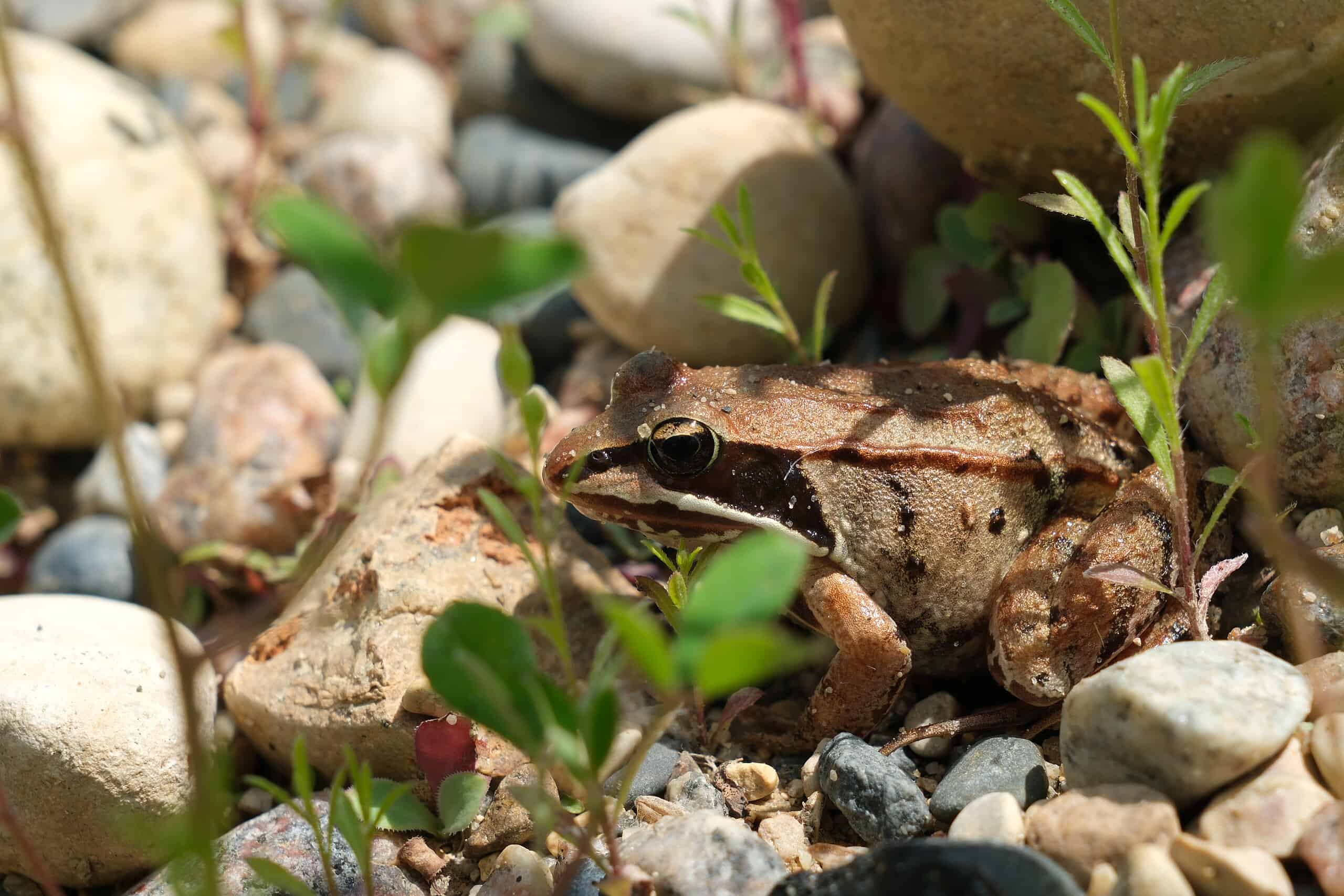
Wood frogs, native to North America, exhibit an extraordinary ability to survive freezing temperatures. They produce a natural antifreeze that prevents ice from forming in their cells. This adaptation allows them to survive winter in a frozen state. In spring, wood frogs thaw and resume normal activities. They are an important part of the ecosystem, serving as both predator and prey in their habitats.
This article originally appeared on Rarest.org.
More from Rarest.org
1952 Jefferson Nickel Value Guide

The 1952 Jefferson nickel is a five-cent coin composed of 75 percent copper and 25 percent nickel. Unlike the reeded edge of some U.S. coins, this five-cent piece has a plain edge. Its diameter is 21.2 mm, and it weighs 5 grams. Read More.
1957 Washington Quarter Value Guide

The 1957 Washington quarter has a face value of 25 cents, a mass of 6.25 grams, a diameter of 24.3 mm, and a reeded edge. When it comes to composition, it is made of 90% silver and 10% copper. Read More.
The 12 Most Valuable Superhero Action Figures

Collecting superhero action figures is a thrilling hobby for many enthusiasts, combining a love for iconic characters with the excitement of hunting for rare and valuable items. Read More.
